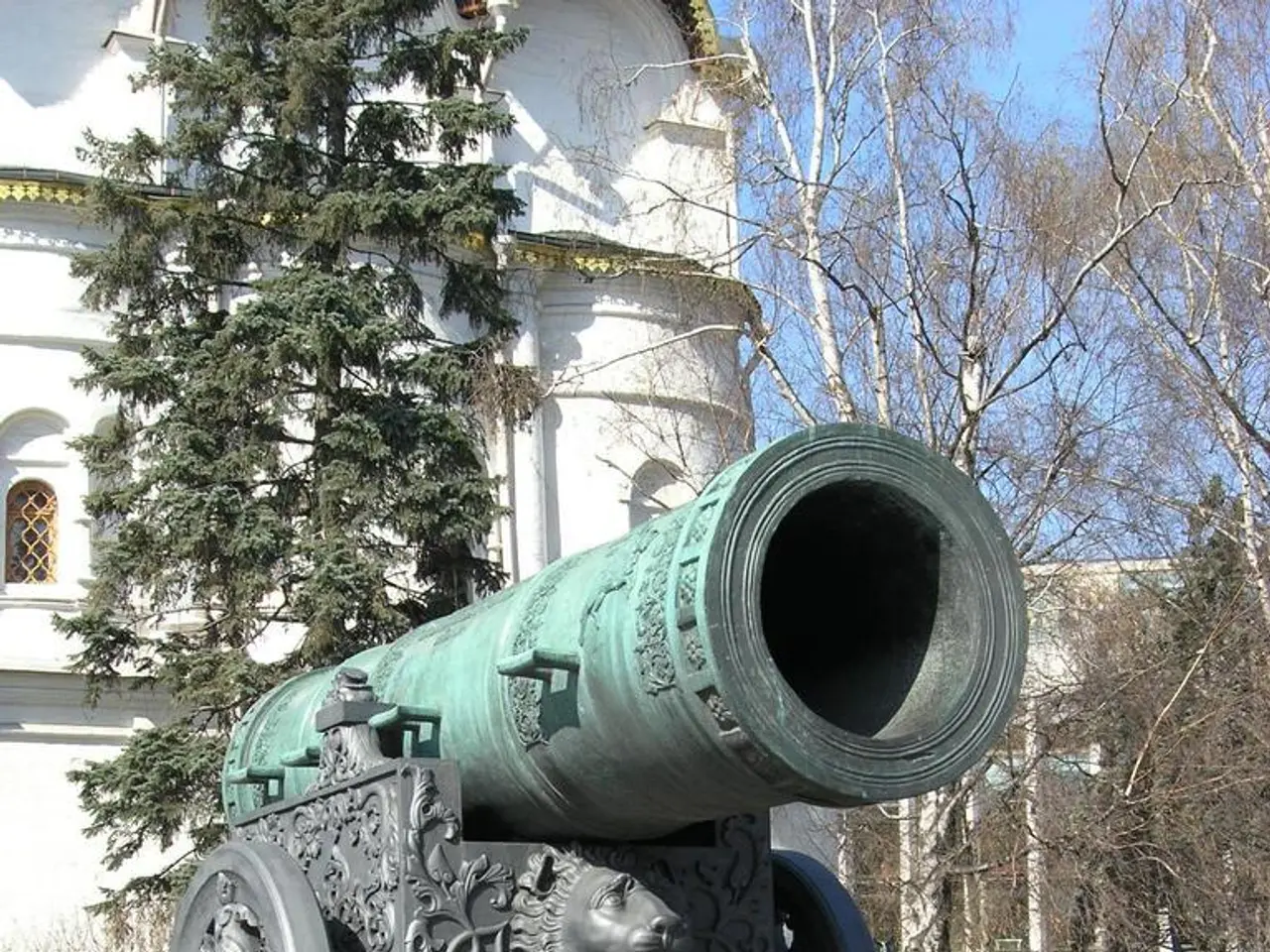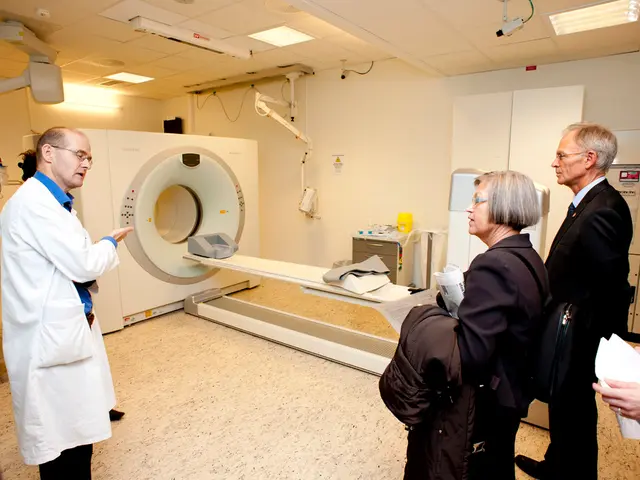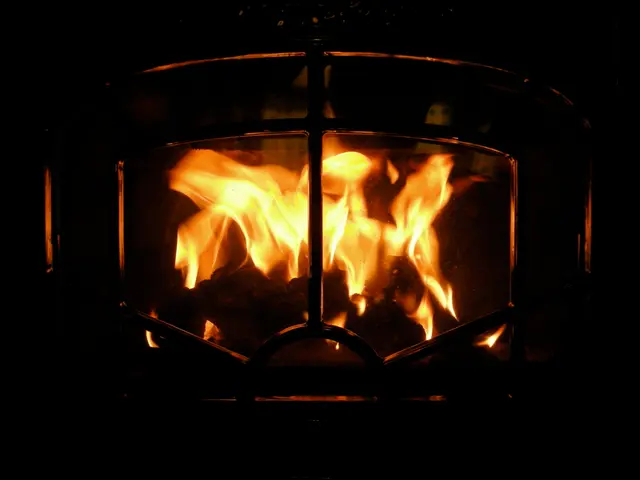Massive Russian Earthquake Potentially Activates Multiple Volcanoes
In the heart of the seismically active Pacific Ring of Fire, the Kamchatka Peninsula in Russia has recently experienced a series of volcanic eruptions, following a significant earthquake on July 29.
The Kamchatka Peninsula, known for its close coupling of earthquakes and volcanoes, saw the eruption of Klyuchevskaya, one of the highest volcanoes in the world, on July 30. According to the Institute of Volcanology and Seismology of the Far Eastern Branch of the Russian Academy of Sciences, this eruption was possibly strengthened by the magnitude 8.8 earthquake that occurred just a day before. A descent of burning hot lava has been observed on the western slope of Klyuchevskaya, and powerful glow above the volcano, along with explosions, have been reported.
The relationship between the earthquake and the subsequent volcanic eruptions remains ambiguous, but experts attribute the eruptions to the earthquake, which activated the magmatic foci and provided them with additional energy. This interaction occurs because seismic waves and fault movements from earthquakes can change pressures and stresses in volcanic reservoirs, prompting volcanic activity.
Large earthquakes, such as the one that struck Russia's far east Kamchatka Peninsula, can destabilize the magma plumbing system, causing volcanic eruptions or reactivation of dormant volcanoes. This is particularly relevant in tectonically active regions like the Kamchatka Peninsula, which lies within the Pacific Ring of Fire, a major seismic and volcanic belt.
The Pacific Plate is pressing against neighboring tectonic plates in this region, leading to frequent seismic activity. In fact, the July 29 earthquake was the sixth strongest ever recorded.
The eruption of Krasheninnikov, another volcano in the region, occurred on Sunday, and it's the first time experts have registered Krasheninnikov's eruption since the 15th century. The ash plume from Krasheninnikov reached 3.7 miles (6 kilometers) into the air.
Reuters reported a statement from the Russian Academy of Sciences' United Geophysical Service about the eruption of Klyuchevskaya, while the Institute of Volcanology and Seismology of the Far Eastern Branch of the Russian Academy of Sciences reported these eruptions to ABC News.
This unusual event highlights the ongoing need to study geological phenomena beneath Earth's surface. While the exact causal link between the 2021 Kamchatka earthquake and subsequent volcanic eruptions requires detailed geophysical studies, the general scientific consensus supports a significant connection between large earthquakes and changes in volcanic activity in such tectonic settings.
- The ongoing earthquakes and volcanic activities in the Kamchatka Peninsula are attracting attention from earth-science experts, as they reflect the complex interplay between these geological phenomena.
- Recognizing the importance of technology in monitoring such events, Gizmodo has reported on the use of advanced instruments to track the recent eruptions in the Kamchatka Peninsula.
- Furthermore, medical-conditions and health-and-wellness are also affected by environmental-science events such as these, as volcanic ash can impact respiratory health in nearby populations.
- The 2021 Kamchatka earthquake and subsequent volcanic eruptions have raised concerns about the future stability of volcanoes in the Pacific Ring of Fire, emphasizing the need for continued research in space-and-astronomy and earth-science.
- In light of these events, health officials are working closely with environmental-science experts to assess the potential risks to human health and the environment, ensuring public safety and awareness in the region.








